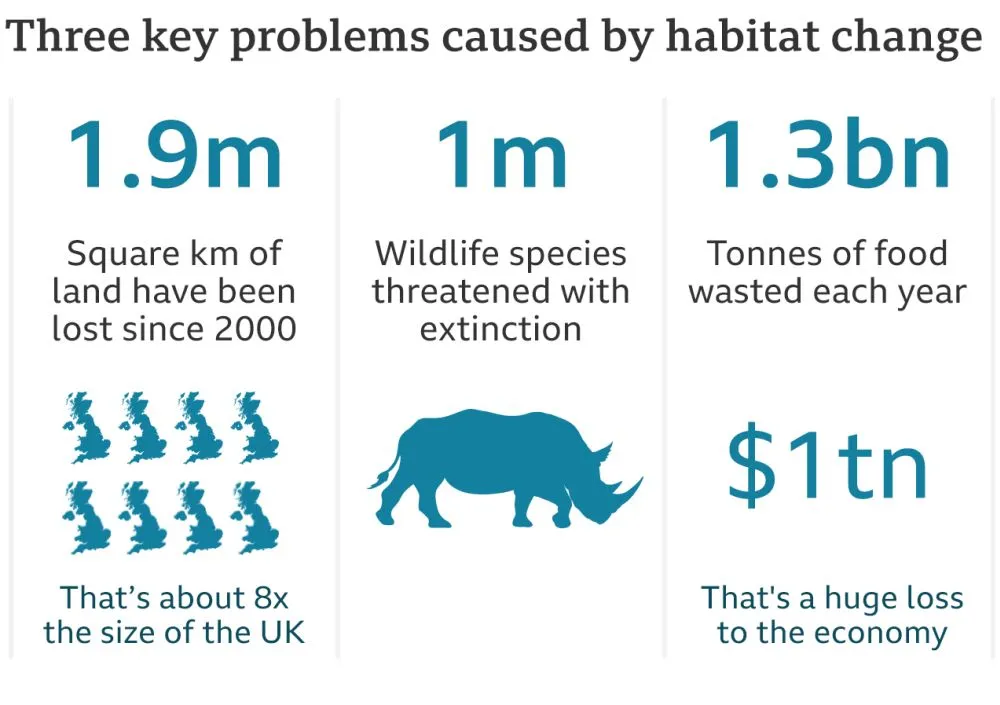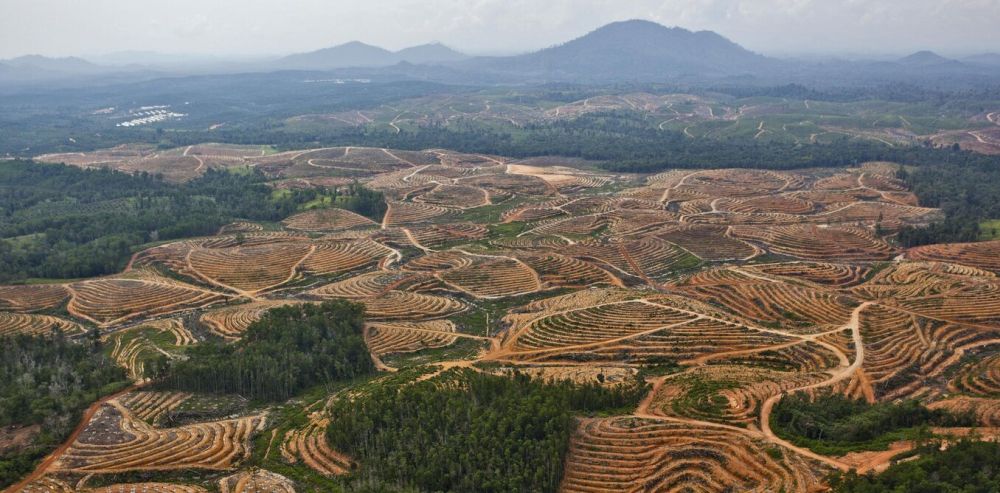Wildlife Populations Across the Globe Declining Courtesy Human Intrusion
Human intrusion in the natural course of life on the planet cannot be denied. As human civilization advanced over time, humans have been destroying the natural environment at an unparalleled, disturbing rate. According to a recent report, wildlife populations are declining at a staggering rate due to human activities.
According to the World Wildlife Fund’s Living Planet Report 2020 – around 21,000 monitored populations of mammals, fish, birds, reptiles and amphibians, covering almost 4,400 species around the globe, have declined an average of 68 percent between 1970 and 2016. Shockingly, species in Latin America and the Caribbean, as well as global freshwater habitats, were excessively impacted, declining, on average, 94 percent and 84 percent, respectively.
Assessing the overall health of ecosystems, the World Wildlife Fund (WWF) releases its landmark report every two years, revealing how far species populations have declined since 1970. The latest report directs that the rate populations are declining, indicating a vast divide in relationship between humans and the natural world, “the consequences of which – as demonstrated by the ongoing COVID-19 pandemic – can be catastrophic.”
WWF US president and CEO Carter Roberts said in a statement,
As humanity’s footprint expands into once-wild places, we’re devastating species populations. But we’re also exacerbating climate change and increasing the risk of zoonotic diseases like COVID-19. We cannot shield humanity from the impacts of environmental destruction. It’s time to restore our broken relationship with nature for the benefit of species and people alike.
The report points out that human activities are responsible for the dire state of the planet. The exponential growth of human consumption, population, global trade and urbanization over the last 50 years as the main reasons for the unparalleled decline of earth’s resources, from where coming back is not quite possible.
The over consumption of the finite resources by at least 56 percent has had a devastating effect on biodiversity, which is essential to sustaining human life on earth. The report indicates to land-use change — especially, the destruction of habitats like rainforests for farming — as the main factor for loss of biodiversity, considering for more than half of the loss in Europe, Central Asia, North America, Latin America and the Caribbean.

According to WWF’s Living Planet Report 2020, wildlife populations declining due to human activities | Image: WWF
Much of the land that is being used for agriculture is responsible for 80 percent of global deforestation and makes up 70 percent of freshwater use. Moreover, using this much land requires a vast food system that releases 29 percent of greenhouse gases.
The excessive utilization of land and water has killed 70 percent of terrestrial biodiversity and 50 percent of freshwater biodiversity. Many species are unable to survive under the new circumstances imposed upon them when their habitats are altered by humans.
Ecosystem destruction has threatened 1 million species — 500,000 animals and plants, and 500,000 insects — with extinction, much of which can still be averted with conservation and restoration efforts.
Unmindful food consumption is also a problem. One-third of all terrestrial land is used for agriculture and animal breeding. And of all the water withdrawn from freshwater resources, 75 percent is used for crops or livestock.

Agriculture and other anthropogenic activities have become the main factors of habitat and wildlife destruction | Image: Phys.Org
If current habitats remain the same, researchers expect the cropland areas to be 10-25 percent larger in 2050 than in 2005, just to put up with increased food demand. That increase is predicted, despite more than 820 million people encountering food insecurity, showing that much of the agricultural yield is being wasted.
The report also added that species overexploitation, invasive species, diseases and pollution are all considered threats to biodiversity. Nevertheless, human-caused climate change is anticipated to become as, or more important than, other drivers of biodiversity loss in the coming decades.
According to the report, no part of the ocean is completely untouched by overfishing, pollution, coastal development and other anthropogenic activities. Humankind depends on marine ecosystems to provide food, climate directive, carbon storage and coastal protection — all of which are affected by these activities and are aggravated by climate change.


